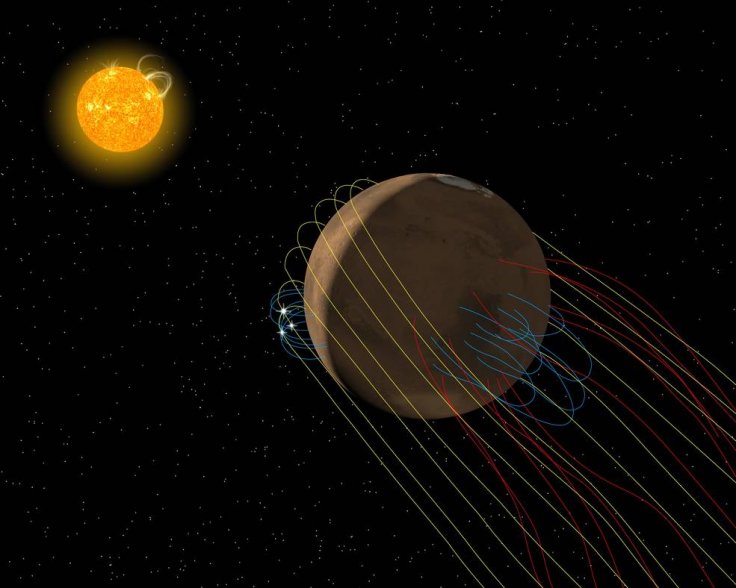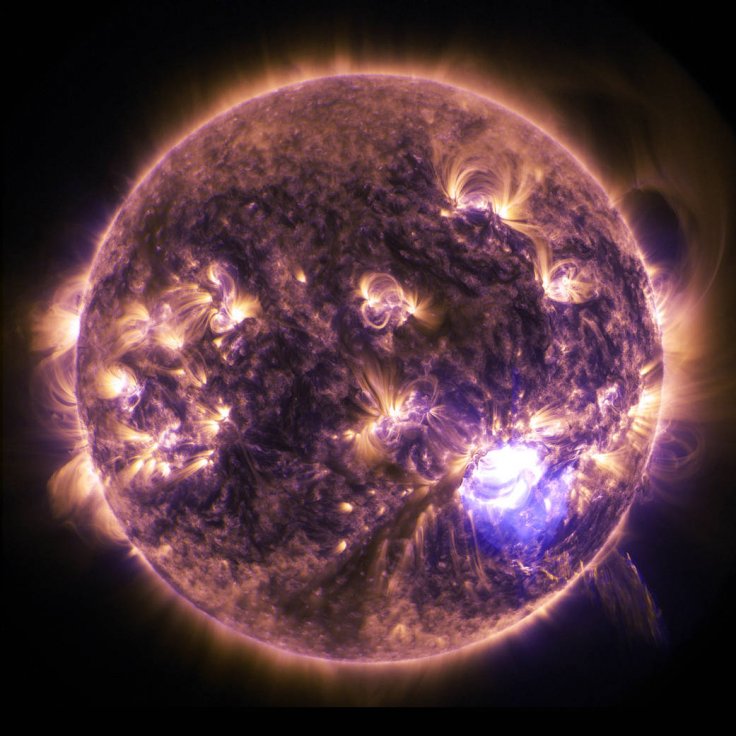A couple of experts explained how dangerous powerful solar winds can be to planets. In addition to rendering the planets inhabitable, the experts noted that emissions from the Sun can also kill humans.
Solar winds, which are highly charged particles ejected from holes in the Sun's atmosphere, hit Earth regularly. Fortunately, the solar emissions that reach Earth are only minor and are not powerful enough to affect the planet's magnetic field or cause electrical disruptions.
Destroying A Planet's Atmosphere

Extreme cases of solar winds, on the other hand, can be devastating for a planet. One example that showcases the destructive capabilities of solar winds is Mars. As indicated in scientific reports, Mars previously had ideal conditions that could have supported life. However, powerful solar winds from the Sun stripped the planet's atmosphere and turned it into a hostile world.
According to planetary scientist Arun Prasaad Gunasekaran, since Mars did not have a magnetic field to protect it from solar winds, its atmosphere became vulnerable to the effects of the solar emissions. "For Mars, the magnetosphere is extremely weak (maybe gone) because of the absence of the internal dynamo," he stated on a post on Quora. "So, the solar winds can breach the magnetosphere and can rip the atmosphere due to their kinetic energy and momentum."
Fatal Effects Of Solar Winds

Unlike Mars, Earth has a magnetosphere, which means its atmosphere is relatively safe from being stripped away by solar winds. However, without the magnetosphere, the entire planet and its inhabitants will be directly exposed to the harmful effects of solar winds, such as radiation. According to electrical engineer Harry Kier, the intense ultraviolet radiation from solar winds could cause accelerated cancer rates among humans, which could be extremely fatal.
Aside from an increased death rate caused by cancer, intense solar winds could also knock out communication and electrical grids, which could have a huge impact on countries. "Without the Earth's magnetic field to deflect it, this radiation would cause an increased cancer rate in we humans," Kier explained in a statement. "Extreme solar flares can disrupt electric and communication grids. Radiation from the sun increases the risk of cancer in space travelers."









